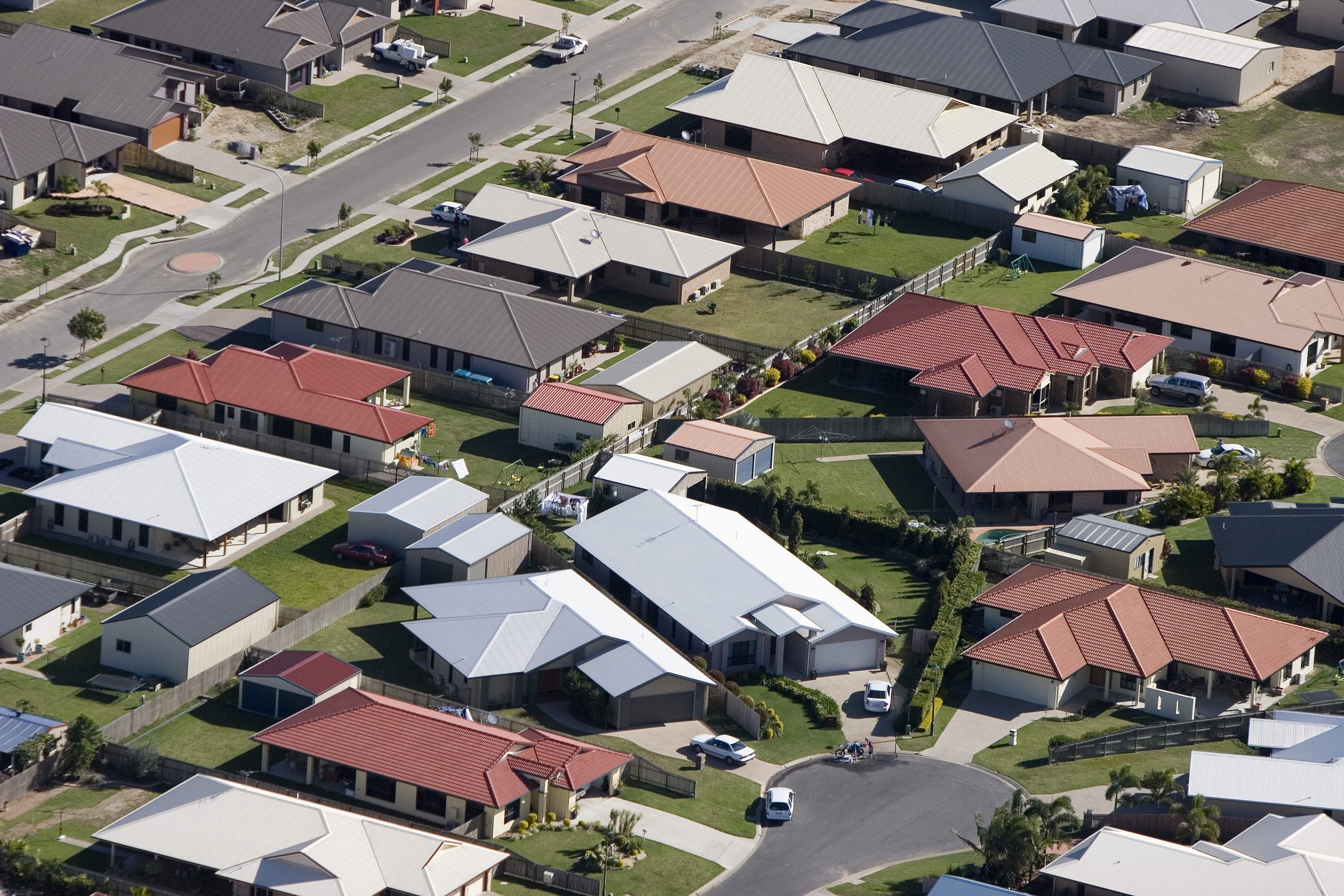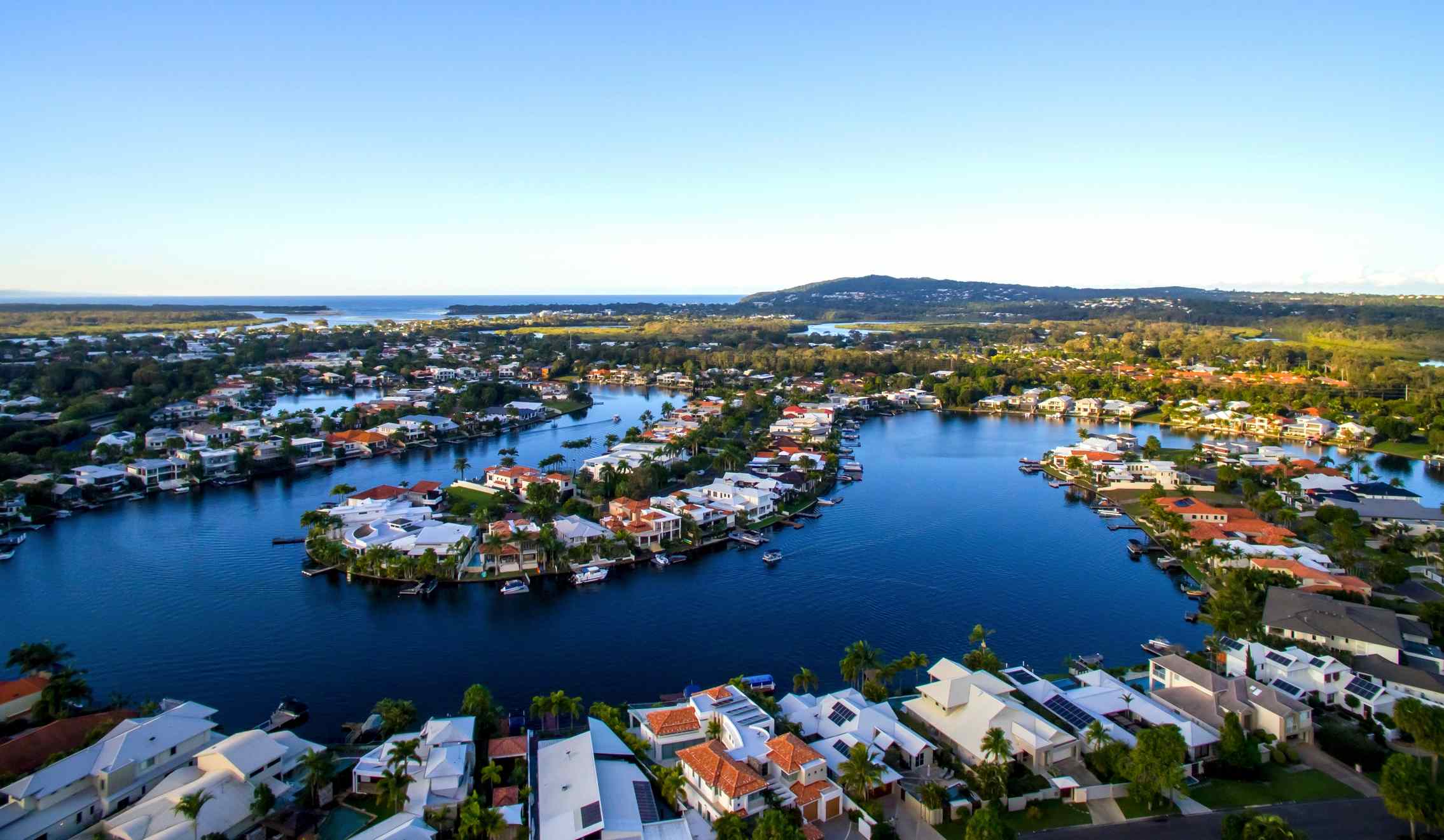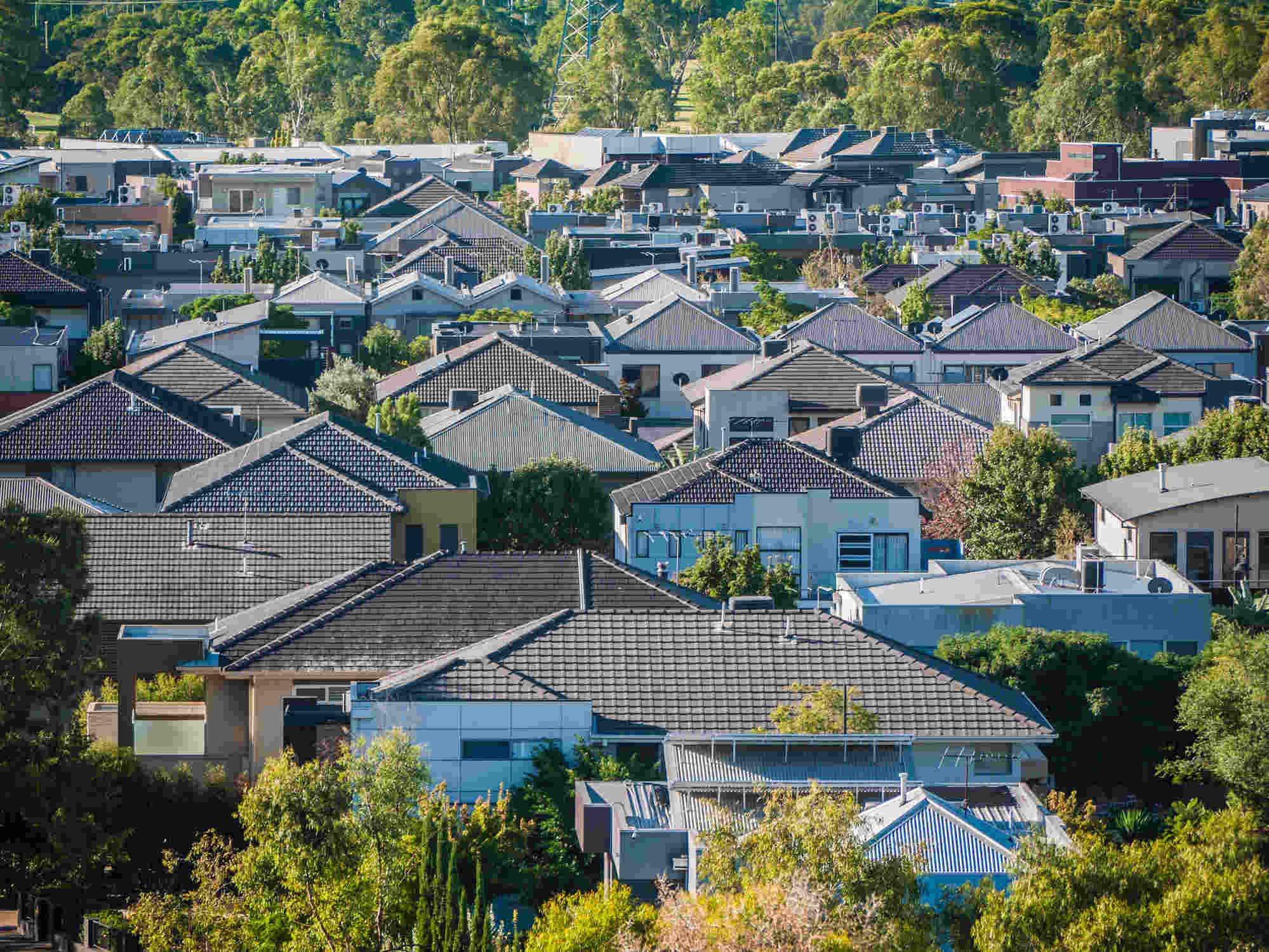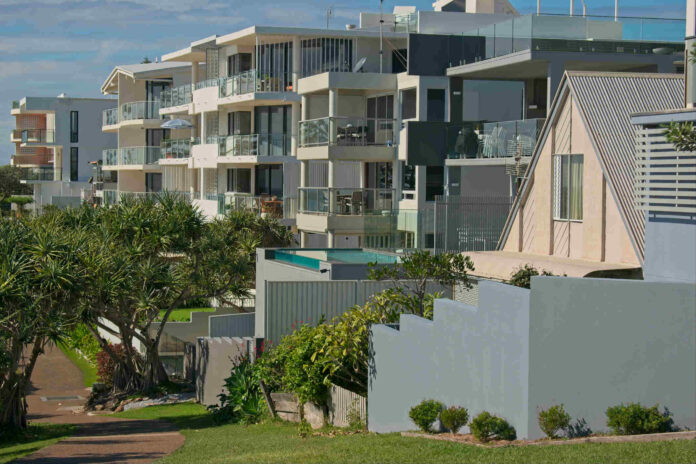There is a long way to go before the rental market eases in earnest on the Sunshine Coast, according to real estate experts.
Figures from March revealed a slight rise in the median time a rental was listed before being leased (from 15 days to 19 days) and a slight rise in vacancy rates (from about 0.5 per cent to 1.3 per cent) from a year ago.
But tight conditions remained, making it difficult for renters to get a foothold.
Economist Angus Moore, from property valuer PropTrack, said the Sunshine Coast rental market was “very competitive”.
“It’s tough to a find a rental. There’s just one and a half available rentals for every 100 total renter households across the region,” he said.
“The small silver lining is that it is an improvement from where we were a year ago.
“That shows just how tough conditions were, and how popular the Sunshine Coast was, during the pandemic and into 2022.”
He said the competitive rental market could be attractive to investors.
“Vacancy rates are very low, and rentals are leasing quickly, which means there’s little risk of properties sitting idle,” he said.
“In the past 18 months or so we have seen investors become a larger share of housing market activity, though higher interest rates are acting as a handbrake for them as well.”

Mr Moore said it could be some time before conditions ease for renters.
“The unfortunate news for renters is that while things are starting to get a little better, we’ve got a way to go, and it will be a slow adjustment,” he said.
“New investors are bringing more stock to the rental market, which will ease how tight markets are, but it’s a slow process.
“And the number of new investors and new rental properties relative to the size of the rental market is small.”
Real Estate Institute of Queensland CEO Antonia Mercorella also said there was a long way to go before the situation improved for renters.
“Queensland is still worlds away from a healthy rental market and a grossly insufficient level of housing supply is squarely to blame,” she said.
“When we’re witnessing these very tight vacancy rates persisting right across the state, it’s highlighting the importance of ensuring that we keep levels of property investment up so that we can maintain roofs over the heads of our growing population.
“We should be focused on the underlying cause of the rental crisis and increasing housing supply, including social housing.”
The vacancy rate from December to March in Queensland increased from 0.8 per cent to 0.9 per cent, while on the Sunshine Coast it increased from 1.1 per cent to 1.3 per cent.
The REIQ said the vacancy rate climbed slightly in most of Queensland’s tourism centres and coastal regions.

Noosa anomaly
It’s a slightly different story in Noosa, where the rental vacancy rate has almost doubled in three months.
The rate increased a full percentage point, from 1.2 per cent to 2.3 per cent, which the REIQ said was just shy of the healthy rate of between 2.6 per cent and 3.5 per cent.
Noosa Council last year became the first council in the state to regulate short-stay accommodation. It’s currently working through a backlog of applications.
“With the local law, approval process and complaints hotline, we’ve been able to implement a code of conduct for short-stay guests, compile a healthy database of short-stay properties, deal with complaints and begin to identify owners not playing by the rules,” Mayor Clare Stewart said.
Ms Mercorella told Sunshine Coast News that Noosa was a “really weird market”.
“It was super-tight during the pandemic, but it is a market that (generally) fluctuates a lot,” she said.
“It’s a bit unique in that respect, and I think it comes down to it being a tourist destination.”
She said one reason the vacancy rate could be higher is because of the council’s new regulations and the backlog of applicants.
“That’s probably having an impact and could be putting those rental properties back on the long-term market, rather than for short-term holidays.”
Ms Mercorella also said the area could have reached its peak and rent had simply become unaffordable to some.
“Some tenants could have just left and gone to other markets,” she said.
“We’re hearing about similar things happening at the Gold Coast.”

Cap on number of rent increases
The REIQ has lambasted new legislation that was passed on Monday that limits the number of times a landlord can raise rent to once a year.
The annual limit on rent increases will apply to all tenancies from July 1.
Ms Mercorella said it was a questionable and concerning move.
“As a property investor, you may have negotiated a rent increase that you have banked on and budgeted for and now this has been stripped away,” she said.
She also said “a stream of legislative changes” could stifle investment, “watering down property investor rights, along with their confidence”.
“Our state has always had a higher rental population than the rest of the country and so maintaining adequate levels of property investment is vital to housing Queenslanders,” she said.
“As these investors decide to call it a day and either sell or withdraw their properties from our state’s rental pool, the rental crisis here will only get worse.”
But Housing Minister Leeanne Enoch said the cap was designed to establish a fair renting system.
“With more than one third of Queensland households renting, it’s vital that renters get a fair go.”
“We are determined to strike a fair balance which protects the interests of both renters and rental property owners.
“Acting quickly to limit rent increases is a critical government response to community concerns about the impact of current market conditions and cost of living pressures on renting households in Queensland.”
SUBSCRIBE here now for our FREE news feed, direct to your inbox daily.





